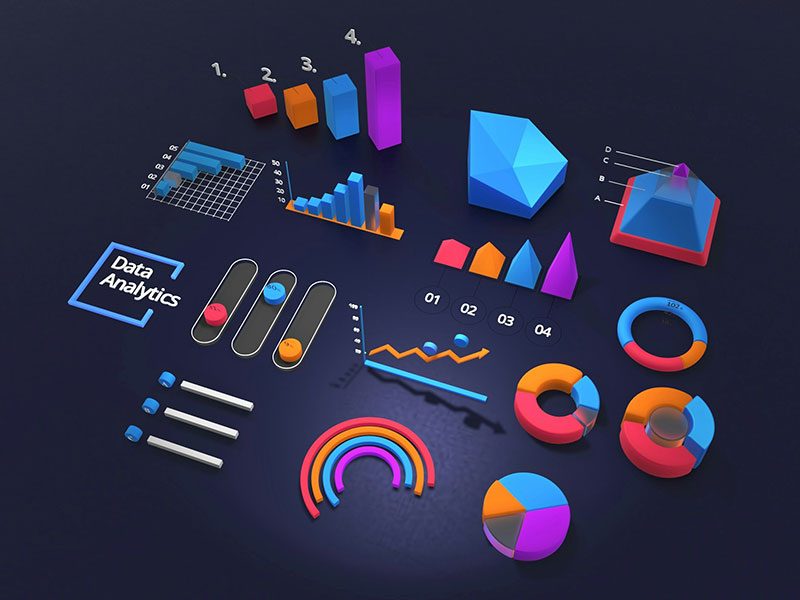Let’s cut to the chase: if you’re not paying attention to your inventory metrics, you might as well be throwing money out the window.
Sounds harsh, but it’s true.
Tracking the right metrics doesn’t just help you stay organized—it helps you boost profits and keep costs in check.
And if you want to take it to the next level, AI agents can help you crush the game.
Ready? Let’s dive in.
The Most Important Inventory Metrics to Track
Okay, you’re probably wondering, “What metrics do I actually need to care about?” Glad you asked. Here are the big hitters:
- In-Stock %: The percentage of time a product is available for purchase. If this number isn’t close to 100%, you’re missing sales—and that’s not cute.
- Forecast Accuracy %: This tells you how good you are at predicting demand. The closer your forecast is to actual sales, the better you’re doing. Spoiler alert: AI agents can help you get this number on point.
- Air Freight %: You’re paying a premium for that air freight, so you want to keep it low. High air freight means you’re in a rush, and that’s usually because of poor planning. Yikes.
- Average Days of Inventory (DOI) / Turnover: This metric shows how fast your inventory turns over. The faster, the better. Slow turnover means you’re holding onto unsellable stock, and that’s tying up your cash.
- Non-Optimal Fulfillment %: Basically, this tells you how often you’re shipping orders in ways that are less than ideal (think: wrong product, overpacking, delays). If this number’s high, your fulfillment process is a mess.
How to Use Metrics to Optimize Profitability
Alright, so you’re tracking these metrics, but now what? How can you actually make them work for you?
- In-Stock %: Keeping your products in stock is the name of the game. The higher this number, the more you’re able to meet demand and make sales. A low in-stock percentage means missed opportunities and lost CAC dollars. Focus on keeping your inventory levels at their sweet spot—not too much, not too little. That way, you avoid stockouts and maximize your chances of closing a sale.
- Forecast Accuracy %: When you’re good at forecasting demand, you’re basically a profit wizard. The more accurate your predictions are, the less you’re guessing. This means fewer stockouts (no missed sales!) and less overstocking (goodbye, waste). Accurate forecasting keeps your inventory lean and efficient, so you’re only ordering what you need and staying ahead of trends. Enter AI-powered solutions, which can take your accuracy from “eh” to “nailed it.”
- Air Freight %: Nobody likes paying a premium for air freight, and when you’re shipping too much by air, your costs start adding up. Tracking this number helps you spot trends in your fulfillment process. If air freight costs are high, it could mean you’re not ordering in advance or that your demand forecasting is off. By aligning your stock orders better and optimizing your forecasting, you can reduce the need for expedited shipping—and cut down on those expensive air freight costs.
- Average Days of Inventory (DOI) / Turnover: Inventory turnover is your best friend when it comes to profitability. The faster your products sell, the less you have tied up in inventory. A high turnover rate means your products are moving, which translates to lower storage costs and more available cash to reinvest. On the flip side, slow turnover means you’re sitting on unsellable stock and wasting money. By focusing on your top-sellers and getting rid of slow-moving inventory, you can keep things fresh and profitable.
- Non-Optimal Fulfillment %: This is all about how efficiently you’re fulfilling orders. If your fulfillment process isn’t running like a well-oiled machine, you’re losing money—whether it’s from shipping errors, delays, or just plain bad packing. High non-optimal fulfillment numbers mean wasted resources and potential customer dissatisfaction. By monitoring this metric, you can identify problem areas and fine-tune your processes to save on costs and improve customer satisfaction.
By keeping a sharp eye on these metrics and using them to guide your decisions, you can turn your inventory into a profit-generating machine. It’s all about working smarter, not harder, and using the numbers to make data-driven choices that help your bottom line.
Real-World Examples and Case Studies
Here’s the fun part—seeing how businesses are actually applying these metrics to boost profits and reduce costs:
- Case Study #1: A mid-sized fashion retailer started using AI-driven demand forecasting and tracking stockouts and overstock. By using real-time data, they cut their excess stock by 25% and improved on-time deliveries by 40%. Not too shabby, right?
- Case Study #2: A beauty brand took a deep dive into their forecast strategy and found they were drastically overestimating demand. With a few adjustments and smarter forecasting strategies that looked at their history and marketing data, they reduced their inventory costs by 30% in just one quarter.
The bottom line? Metrics are the key to unlocking your business’s potential. When you monitor the right numbers, you make smarter decisions, and that leads to bigger profits.
Wrap It Up
If you’re not tracking your inventory metrics, you’re missing out on serious opportunities to boost profitability and minimize costs. You could end up stuck with excess inventory that’s tough to offload — trust me, it’s not just about the numbers, it’s about making smarter decisions.
With the help of AI agents, you can take your inventory management to the next level. Forecast demand, track stock in real-time, and ensure you’re on the right track with a healthy inventory level, to avoid pitfalls that could become costly obstacles down the line.
That’s where EverX comes in. Our AI-powered solutions help small CPG brands forecast demand with precision, track inventory in real-time, and fine-tune their strategies for maximum profit. Stop guessing and start making data-driven decisions that push your business forward.
So, what are you waiting for? Start tracking those metrics like a pro with EverX and watch your profits—and your efficiency—skyrocket.




